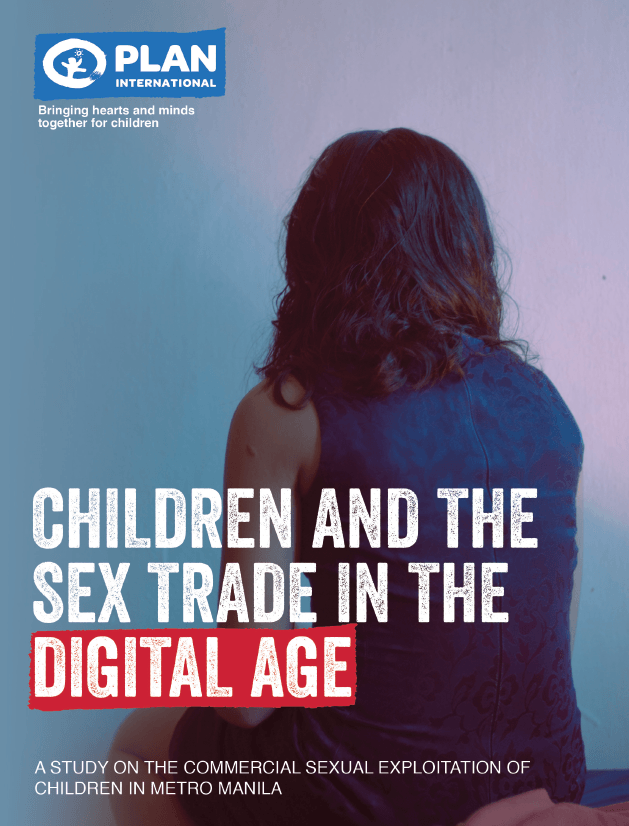
Children and the sex trade in the digital age
Available data and information on commercial sexual exploitation of children are scarce and outdated. This research was commissioned because of the need for more reliable and updated data and information that can be used to provide a comprehensive and clear understanding of the nature, forms, and extent of the problem of the commercial sexual exploitation of children in the Philippines.
Children and the sex trade in the digital age: A Study on the Commercial Sexual Exploitation of Children in Metro Manila
Despite increasing recognition of the scale of commercial sexual exploitation of children (CSEC) in the Philippines, data remains hard to come by and cultural taboos prevent serious and wide discussion leading to policy change.
As the nature of the sex industry shifts from being primarily establishment-based to a virtual online network, this leaves children in countries like the Philippines, one of the world leaders in social media use, increasingly vulnerable to exploitation and abuse.
This study aims to bring the discussion on CSEC in the Philippines to the forefront and to start a healthy, open, fact-based dialogue on the issue, in order for our leaders in the public and private sectors to know what is needed to be done in order to address this problem.
CHILDREN AND THE SEX TRADE IN THE DIGITAL AGE
Available data and information on commercial sexual exploitation of children are scarce and outdated.
This research was commissioned because of the need for more reliable and updated data and information that can be used to provide a comprehensive and clear understanding of the nature, forms, and extent of the problem of CSEC in the Philippines.
The multi-method approach of this research involved in-depth interviews and focus group discussions with 32 children and adolescents involved in the sex industry in selected areas of Metro Manila, as well as document reviews and key informant interviews with a contact-facilitator, a pimp, and service providers. Purposive sampling was used in the study.
The CSEC landscape has greatly changed with the advancement of technology. The facilitation of CSEC has become easier and its containment or control more complex as transactions are facilitated through the internet with the use of smartphones and computers. Internet-mediated transactions occurred in pornography websites and social media sites, blurring the formerly defined geographic boundaries of the industry.
It is evident that the best way to curb the problem is still prevention. At the national level, regulation of information and communication technology must be enforced. Mechanisms for regulating access to certain websites and social media, particularly in schools, are available but not known to the public, especially to parents. There is a need for wider information campaigns that will increase the technological proficiency, including the responsible use of technology, among parents, teachers, and service providers.
At the core of child protection is the efficient and effective delivery of the most basic services of fundamental systems including family, social, political, educational, economic, law enforcement, church, cultural, and technological.
Download options
Full Report
17 mb
Fact Sheet
204 kb